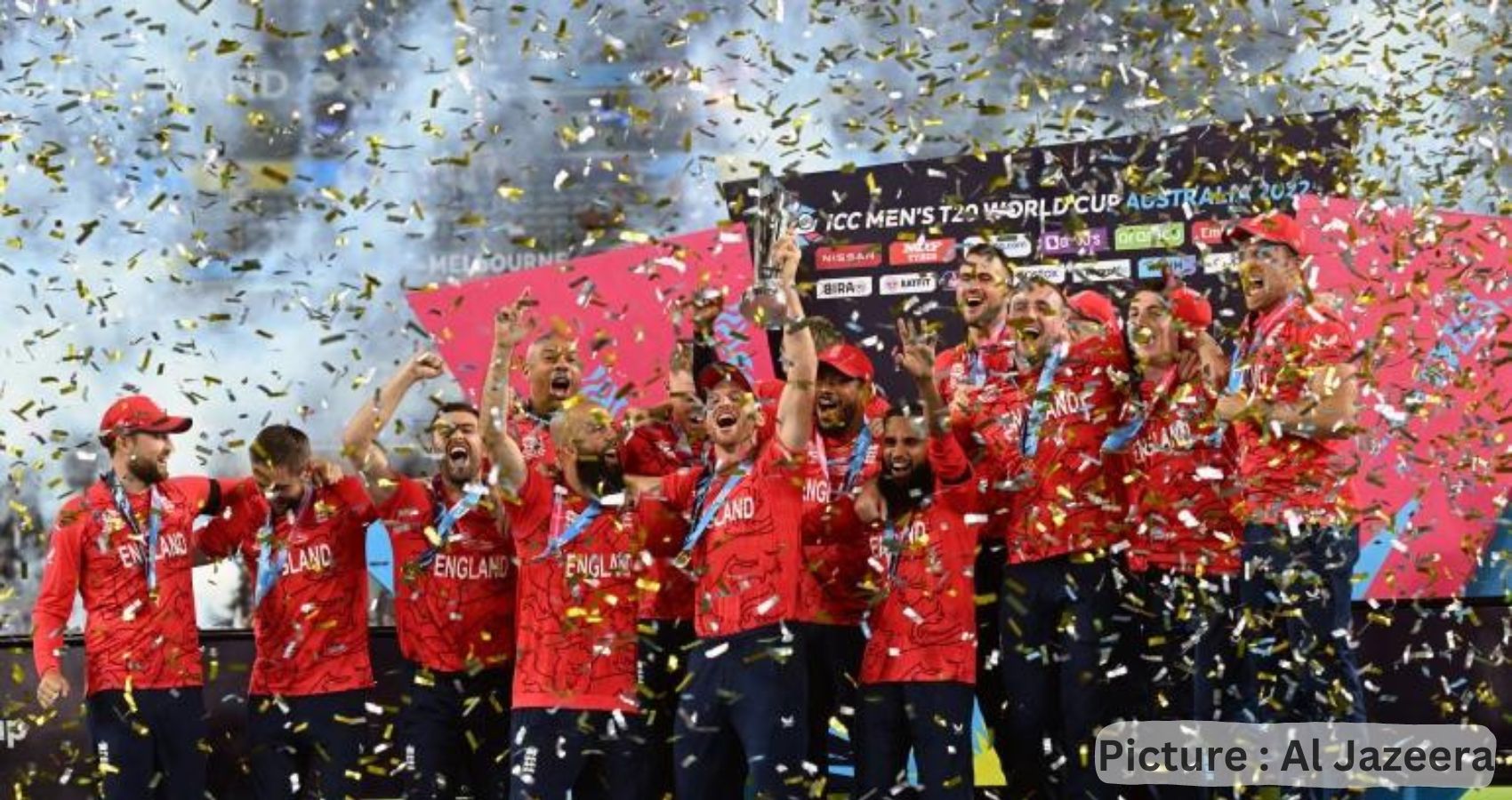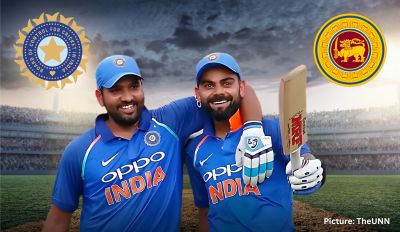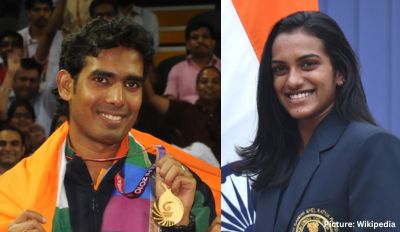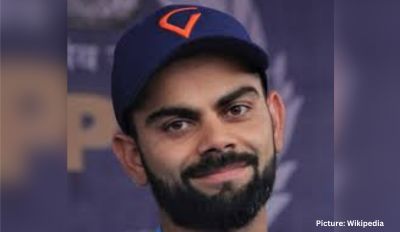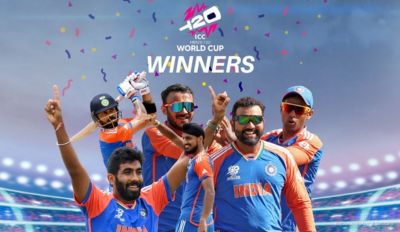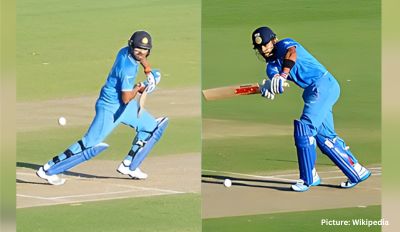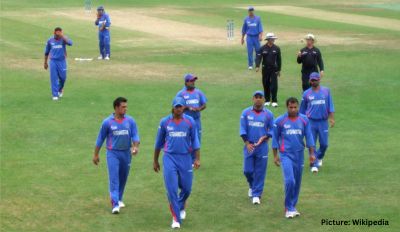The ICC Twenty20 World Cup that concluded at Melbourne on Sunday, granted relevance to cricket’s shortest format. Lost in the medley of domestic leagues ranging from the Indian Premier League to the Big Bash, T20Is often become an after-thought in bilateral contests. A few games are casually held while the respective cricket boards tend to fatten their own indigenous leagues. With franchise-cricket mushrooming across the limited cricketing world while the globe at large favours football, the willow game needed a sense of permanence in a format that is often seen as a blink-and-miss routine.

Tests and ODIs have their own votaries but T20s are seen as a backyard clash marinated in top dollar and hype. The T20 World Cup alters that perception once in two years and the latest event at Australia was no exception. That England, steeped in the tradition of Test cricket won the trophy is bound to grant the format some heft even if the commercial muscle rests with India. It is also a tribute to the flexibility coursing through the Old Blighty’s coaching infrastructure that the administration there treats Tests, ODIs and T20Is as distinctly unique formats by which even team-composition and attitudes are customised. That Joe Root does not figure in England’s T20Is is a pointer to keeping sentiment at bay.
Squaring up against England in the summit-clash was Pakistan. Even if the climax favoured Jos Buttler’s men and their power-cricket, Babar Azam’s troops showed that the fast bowling riches within Pakistan remain intact. Despite a meagre 137 for eight, Pakistan was able to stretch the contest due to its pacers even if Shaheen Afridi limped off towards the end. If England and Pakistan shrugged aside a middling group-stage performance to stay the course, India and New Zealand were the form-teams in the initial rounds before fading out.
The Men in Blue rode on Virat Kohli’s consistency, Suryakumar Yadav’s chutzpah and reasonably effective bowlers before they unravelled against England in the semifinal. That India needs kinetic energy in the way it approaches T20Is has become a non-negotiable requirement. The trope of staying long and then exploding at the death may work in ODIs but is a weakness in the shortest version. With key players in their mid-thirties, Indian selectors need to infuse fresh blood. Equally, that defending champion Australia and South Africa crashed out while Ireland and the Netherlands staged upsets, points to the evolution within the T20 segment. Meanwhile, the failure of the West Indies to even qualify proved tragic as the men from the Caribbean are intrinsic to cricket’s health.
The ICC Twenty20 World Cup that concluded at Melbourne on Sunday, granted relevance to cricket’s shortest format. Lost in the medley of domestic leagues ranging from the Indian Premier League to the Big Bash, T20Is often become an after-thought in bilateral contests. A few games are casually held while the respective cricket boards tend to fatten their own indigenous leagues.
With franchise-cricket mushrooming across the limited cricketing world while the globe at large favors football, the willow game needed a sense of permanence in a format that is often seen as a blink-and-miss routine. Tests and ODIs have their own votaries but T20s are seen as a backyard clash marinated in top dollar and hype.
The T20 World Cup alters that perception once in two years and the latest event at Australia was no exception. That England, steeped in the tradition of Test cricket won the trophy is bound to grant the format some heft even if the commercial muscle rests with India. It is also a tribute to the flexibility coursing through the Old Blighty’s coaching infrastructure that the administration there treats Tests, ODIs and T20Is as distinctly unique formats by which even team-composition and attitudes are customised. That Joe Root does not figure in England’s T20Is is a pointer to keeping sentiment at bay.
Squaring up against England in the summit-clash was Pakistan. Even if the climax favoured Jos Buttler’s men and their power-cricket, Babar Azam’s troops showed that the fast bowling riches within Pakistan remain intact.
Despite a meagre 137 for eight, Pakistan was able to stretch the contest due to its pacers even if Shaheen Afridi limped off towards the end. If England and Pakistan shrugged aside a middling group-stage performance to stay the course, India and New Zealand were the form-teams in the initial rounds before fading out. The Men in Blue rode on Virat Kohli’s consistency, Suryakumar Yadav’s chutzpah and reasonably effective bowlers before they unraveled against England in the semifinal.
That India needs kinetic energy in the way it approaches T20Is has become a non-negotiable requirement. The trope of staying long and then exploding at the death may work in ODIs but is a weakness in the shortest version. With key players in their mid-thirties, Indian selectors need to infuse fresh blood. Equally, that defending champion Australia and South Africa crashed out while Ireland and the Netherlands staged upsets, points to the evolution within the T20 segment. Meanwhile, the failure of the West Indies to even qualify proved tragic as the men from the Caribbean are intrinsic to cricket’s health.

